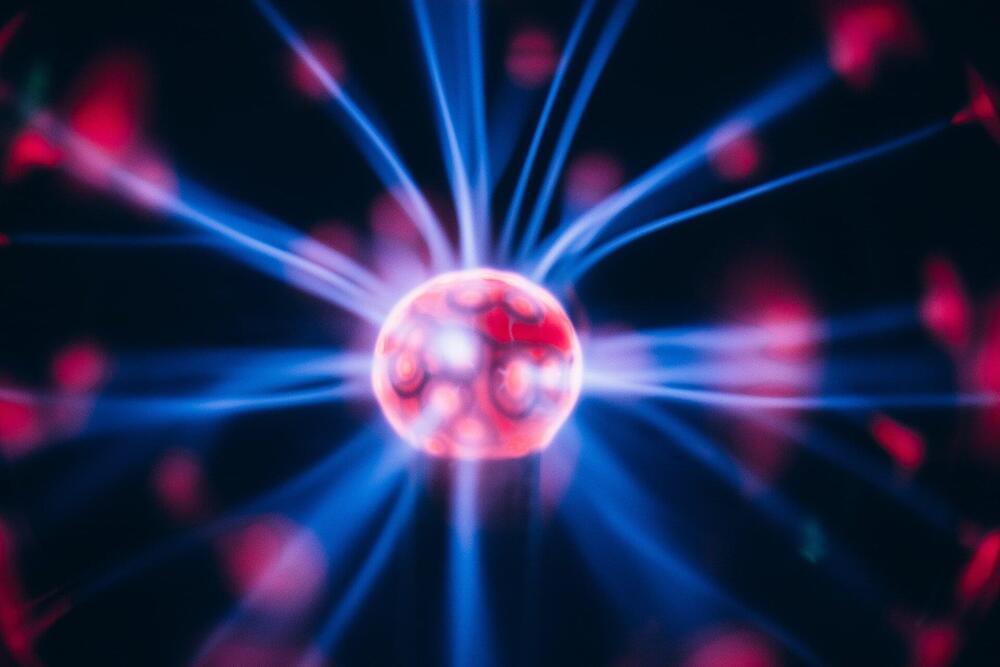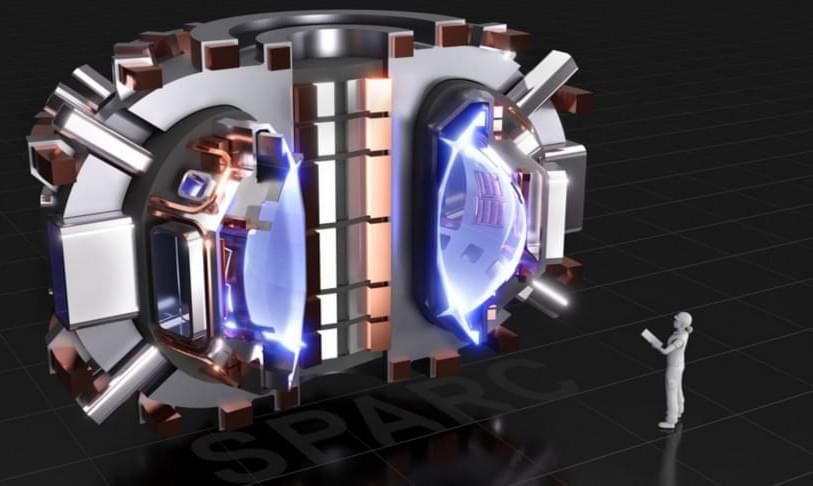AI For Defense Nuclear Nonproliferation — Angela Sheffield, Senior Program Manager, National Nuclear Security Administration, U.S. Department of Energy.
Angela Sheffield is a graduate student and Space Industry fellow at the National Defense University’s Eisenhower School. She is on detail from the National Nuclear Security Administration (NNSA), where she serves as the Senior Program Manager for AI for Defense Nuclear Nonproliferation Research and Development.
The National Nuclear Security Administration (https://www.energy.gov/nnsa/national-nuclear-security-administration), a United States federal agency, part of the U.S. Dept of Energy and it’s Office of Defense Nuclear Non-Proliferation, responsible for safeguarding national security through the military application of nuclear science.
NNSA maintains and enhances the safety, security, and effectiveness of the U.S. nuclear weapons stockpile; works to reduce the global danger from weapons of mass destruction; provides the United States Navy with safe and effective nuclear propulsion; and responds to nuclear and radiological emergencies in the United States and abroad.
In this position, Ms. Sheffield directs efforts leveraging artificial intelligence, advanced mathematics and statistics, and research computing technologies to develop capabilities to detect nuclear weapons development and characterize foreign nuclear programs around the world.







